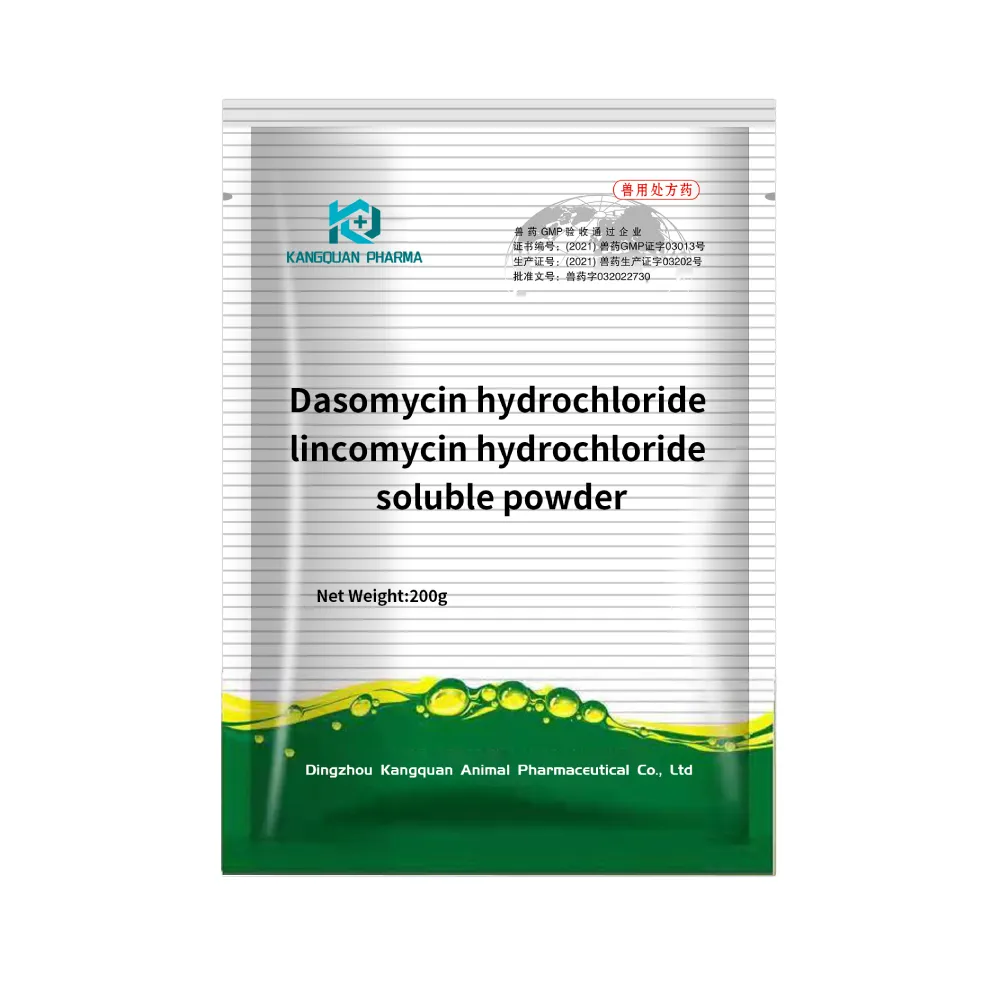- Afrikaans
- Albanian
- Amharic
- Arabic
- Armenian
- Azerbaijani
- Basque
- Belarusian
- Bengali
- Bosnian
- Bulgarian
- Catalan
- Cebuano
- Corsican
- Croatian
- Czech
- Danish
- Dutch
- English
- Esperanto
- Estonian
- Finnish
- French
- Frisian
- Galician
- Georgian
- German
- Greek
- Gujarati
- Haitian Creole
- hausa
- hawaiian
- Hebrew
- Hindi
- Miao
- Hungarian
- Icelandic
- igbo
- Indonesian
- irish
- Italian
- Japanese
- Javanese
- Kannada
- kazakh
- Khmer
- Rwandese
- Korean
- Kurdish
- Kyrgyz
- Lao
- Latin
- Latvian
- Lithuanian
- Luxembourgish
- Macedonian
- Malgashi
- Malay
- Malayalam
- Maltese
- Maori
- Marathi
- Mongolian
- Myanmar
- Nepali
- Norwegian
- Norwegian
- Occitan
- Pashto
- Persian
- Polish
- Portuguese
- Punjabi
- Romanian
- Russian
- Samoan
- Scottish Gaelic
- Serbian
- Sesotho
- Shona
- Sindhi
- Sinhala
- Slovak
- Slovenian
- Somali
- Spanish
- Sundanese
- Swahili
- Swedish
- Tagalog
- Tajik
- Tamil
- Tatar
- Telugu
- Thai
- Turkish
- Turkmen
- Ukrainian
- Urdu
- Uighur
- Uzbek
- Vietnamese
- Welsh
- Bantu
- Yiddish
- Yoruba
- Zulu
10 月 . 19, 2024 03:14 Back to list
Enrofloxacin Injection Use in Poultry for Effective Disease Management and Prevention
The Role of Enrofloxacin Injection in Poultry Health Management
Enrofloxacin, a fluoroquinolone antibiotic, has gained recognition in the poultry industry for its role in enhancing animal health and productivity. With the growing concerns over antibiotic resistance and food safety, its application in poultry requires a careful examination of both benefits and considerations.
Understanding Enrofloxacin
Enrofloxacin works by inhibiting bacterial DNA gyrase, an essential enzyme for bacterial replication and repair. This mechanism allows it to effectively combat a broad spectrum of Gram-negative and some Gram-positive bacteria. Administered via injection, enrofloxacin reaches systemic circulation rapidly, offering a reliable method for treating various infections in poultry. Its efficacy against common pathogens such as *Escherichia coli* and *Mycoplasma gallisepticum* makes it a valuable tool for veterinarians and poultry producers alike.
Indications for Use
The primary indications for enrofloxacin injection in poultry include the treatment of respiratory diseases, enteritis, and other systemic infections. In layers and broilers, respiratory diseases can significantly impact growth rates and egg production. Enrofloxacin helps alleviate these issues, enhancing overall flock health and economic viability. Additionally, the swift action of enrofloxacin allows producers to respond quickly to disease outbreaks, reducing the potential for widespread infection.
Dosage and Administration
When administering enrofloxacin, it is crucial to follow the recommended dosage guidelines to minimize the risk of adverse effects and resistance development. Typically, the dosage varies based on the severity of the infection and the specific poultry species being treated. Veterinarians often recommend a dosage of 5 to 20 mg/kg of body weight, depending on the clinical situation. Administration is generally via intramuscular or subcutaneous injection, ensuring rapid absorption and effectiveness.
enrofloxacin injection for poultry

Benefits in Poultry Health
The use of enrofloxacin offers numerous benefits for poultry health management. Rapid efficacy means producers can achieve quicker recovery times for sick birds, translating to better overall productivity. Moreover, timely treatment can prevent the spread of pathogens within flocks, reducing mortality rates and minimizing economic losses. By enhancing the health of the birds, enrofloxacin indirectly contributes to improved meat and egg quality, benefiting consumers as well.
Considerations and Responsible Use
Despite its advantages, the use of enrofloxacin must be approached with caution. There is a growing concern regarding the potential development of antibiotic-resistant bacteria, which could pose significant risks to both animal and human health. The World Health Organization has emphasized the need for responsible antibiotic use in agriculture, advocating for practices that minimize the risk of resistance. Poultry producers are encouraged to implement antibiotic stewardship programs, which include vaccination, biosecurity measures, and appropriate use of antibiotics only when necessary.
Furthermore, adhering to withdrawal periods is essential to ensure that antibiotic residues do not enter the food chain. The specific withdrawal time for enrofloxacin can vary, but it is generally recommended to allow at least 5 days after the last injection before slaughtering birds for meat. Eggs may require a different withdrawal period, and adherence to these guidelines is critical for food safety.
Conclusion
Enrofloxacin injection remains a pivotal element in the management of poultry health, providing effective treatment for various bacterial infections. However, its use must be balanced with considerations of public health concerns, particularly antibiotic resistance. By practicing responsible use and integrating enrofloxacin into a comprehensive health management strategy that includes preventive measures and veterinary guidance, poultry producers can ensure the health of their flocks while safeguarding the welfare of consumers and the environment. As the industry continues to evolve, the focus on sustainable practices and antibiotic stewardship will be vital for the future of poultry production.
-
The Power of Radix Isatidis Extract for Your Health and Wellness
NewsOct.29,2024
-
Neomycin Sulfate Soluble Powder: A Versatile Solution for Pet Health
NewsOct.29,2024
-
Lincomycin Hydrochloride Soluble Powder – The Essential Solution
NewsOct.29,2024
-
Garamycin Gentamicin Sulfate for Effective Infection Control
NewsOct.29,2024
-
Doxycycline Hyclate Soluble Powder: Your Antibiotic Needs
NewsOct.29,2024
-
Tilmicosin Premix: The Ultimate Solution for Poultry Health
NewsOct.29,2024













